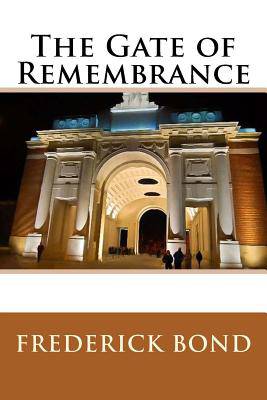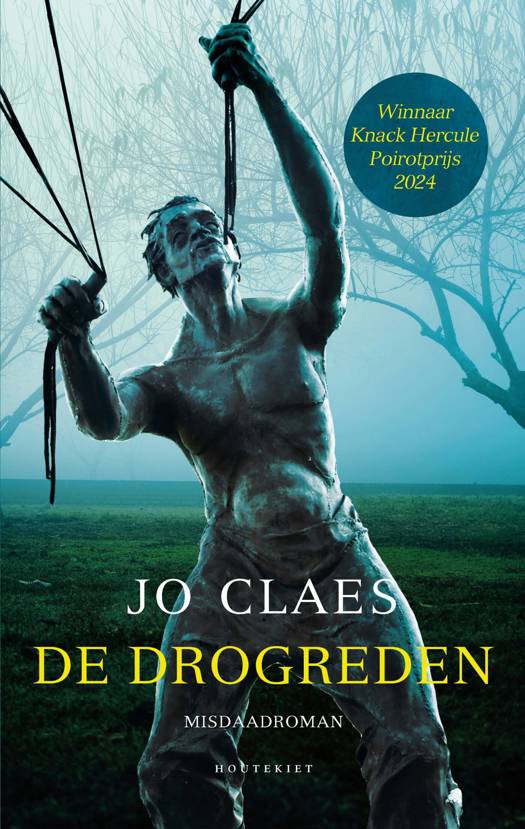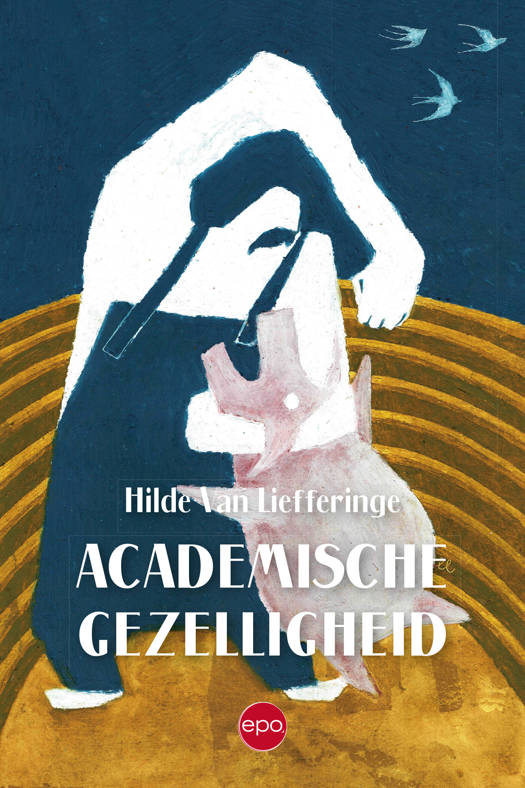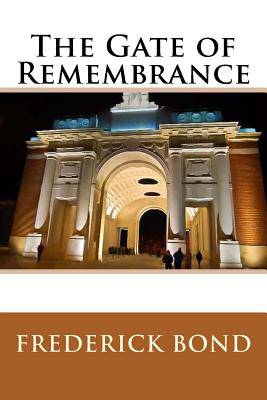
- Afhalen na 1 uur in een winkel met voorraad
- Gratis thuislevering in België vanaf € 30
- Ruim aanbod met 7 miljoen producten
- Afhalen na 1 uur in een winkel met voorraad
- Gratis thuislevering in België vanaf € 30
- Ruim aanbod met 7 miljoen producten
Zoeken
Omschrijving
Two problems in the script have engaged the serious attention of critics. The first and simpler of the two is that which is involved in the language and literary form of the messages. This is a curious patchwork of Low Latin, Middle English of mixed periods, and Modern English of varied style and diction. It is a mosaic of multi-coloured fragments cemented together in a strangely random fashion. This anomaly is the more remarkable from the contrast it presents to the sustained and consistent burden of the script itself, which, as though in obedience to some preordained intention and settled plan, seems to proceed to the presentment, line by line, of a completed whole, with absolute patience and indifference to interruptions. Lapse of time seems of no account. After a break of several hours, the thread is resumed at the point where it had been dropped. The unfinished communications about the Loretto Chapel in 1911 are picked up and spontaneously completed five years later. Nevertheless, the queer patchwork of language is again evident. This is not an illustrated series.
Specificaties
Betrokkenen
- Auteur(s):
- Uitgeverij:
Inhoud
- Aantal bladzijden:
- 108
- Taal:
- Engels
Eigenschappen
- Productcode (EAN):
- 9781511442640
- Uitvoering:
- Paperback
- Formaat:
- Trade paperback (VS)
- Afmetingen:
- 152 mm x 229 mm
- Gewicht:
- 154 g

Alleen bij Standaard Boekhandel
+ 48 punten op je klantenkaart van Standaard Boekhandel
Beoordelingen
We publiceren alleen reviews die voldoen aan de voorwaarden voor reviews. Bekijk onze voorwaarden voor reviews.











